I haven’t played rubber bridge for a few years now (the demands of young children), but recently I’ve been hearing the siren call again — and decided to pop into my old haunt TGRs. I wanted to watch for a while, rather than play (I’m too rusty), and what great timing it turned out to be. The club’s manager, the brilliant Artur Malinowski, had just landed in a grand slam:
West led a trump. Artur (South) drew trumps in two rounds. If spades break 4-4, then one spade ruff will provide four discards for the losing clubs. Artur saw an additional chance. He cashed three top spades: West discarded first the ♠8, and then the ♠J and ♠10. Now came the critical decision: should he ruff a spade and hope for a 4-4 split — or play West for ♠J 10 8? In terms of probability, a 5-3 split is more likely than a 4-4 one; but a player of Artur’s calibre always looks for extra clues — and, as he explained to me later, he found two. First, holding ♠J 10 9 8, West might have considered leading the ♠J. Second, in his experience, almost no player discards the ♠8 first from ♠J 10 9 8: they choose a higher ranking card. Backing his judgment, Artur played the ♠7 from dummy, and when East didn’t cover, he let it run. 13 tricks in the bag
Got something to add? Join the discussion and comment below.
Get 10 issues for just $10
Subscribe to The Spectator Australia today for the next 10 magazine issues, plus full online access, for just $10.
You might disagree with half of it, but you’ll enjoy reading all of it. Try your first month for free, then just $2 a week for the remainder of your first year.

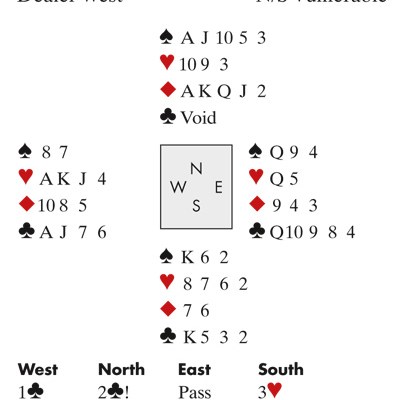
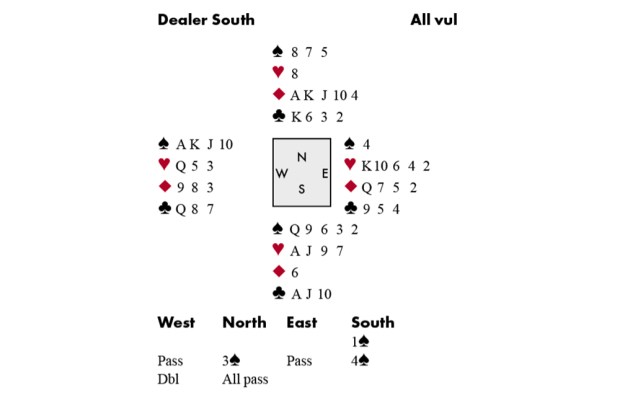
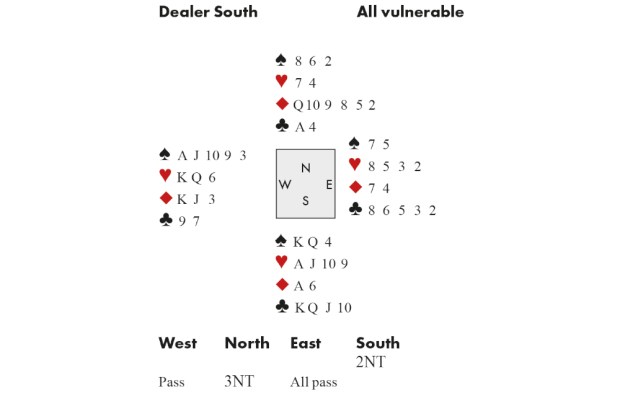
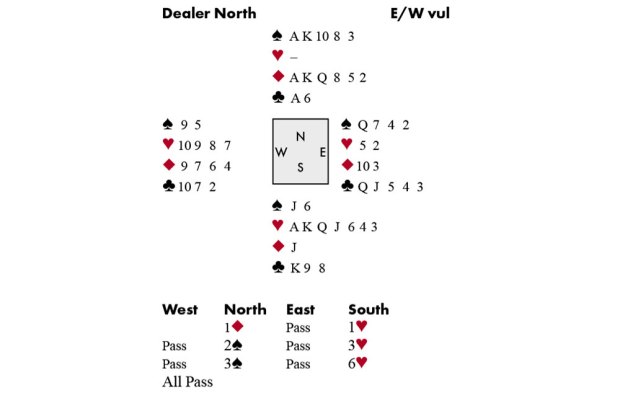
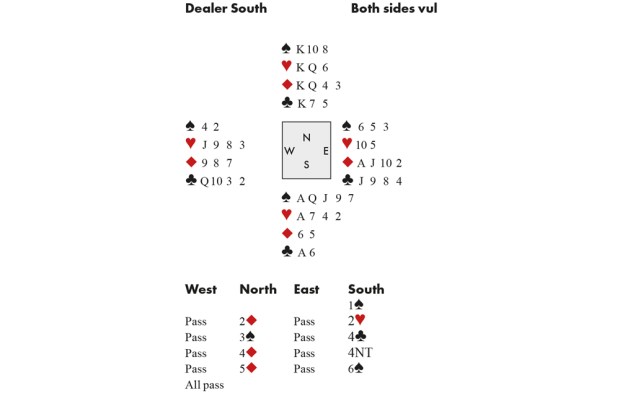
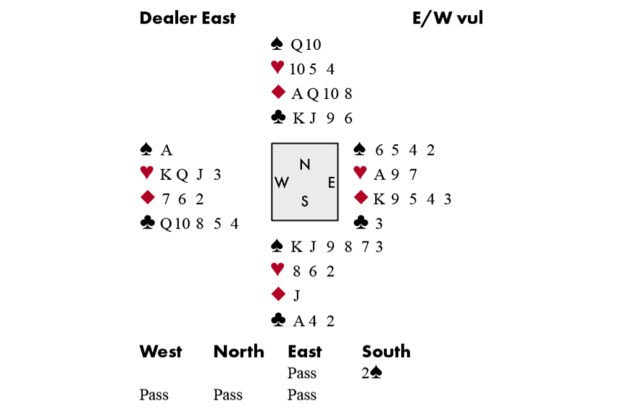
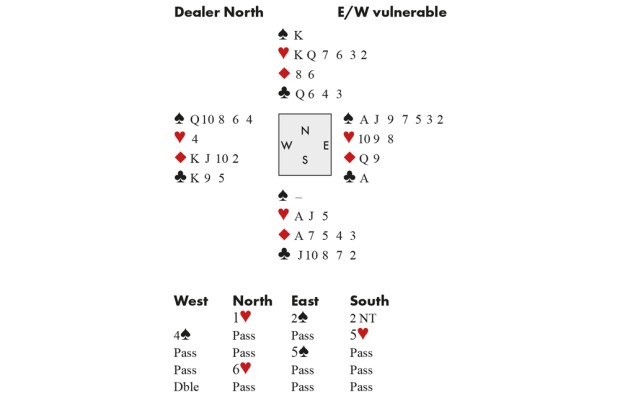






Comments
Don't miss out
Join the conversation with other Spectator Australia readers. Subscribe to leave a comment.
SUBSCRIBEAlready a subscriber? Log in